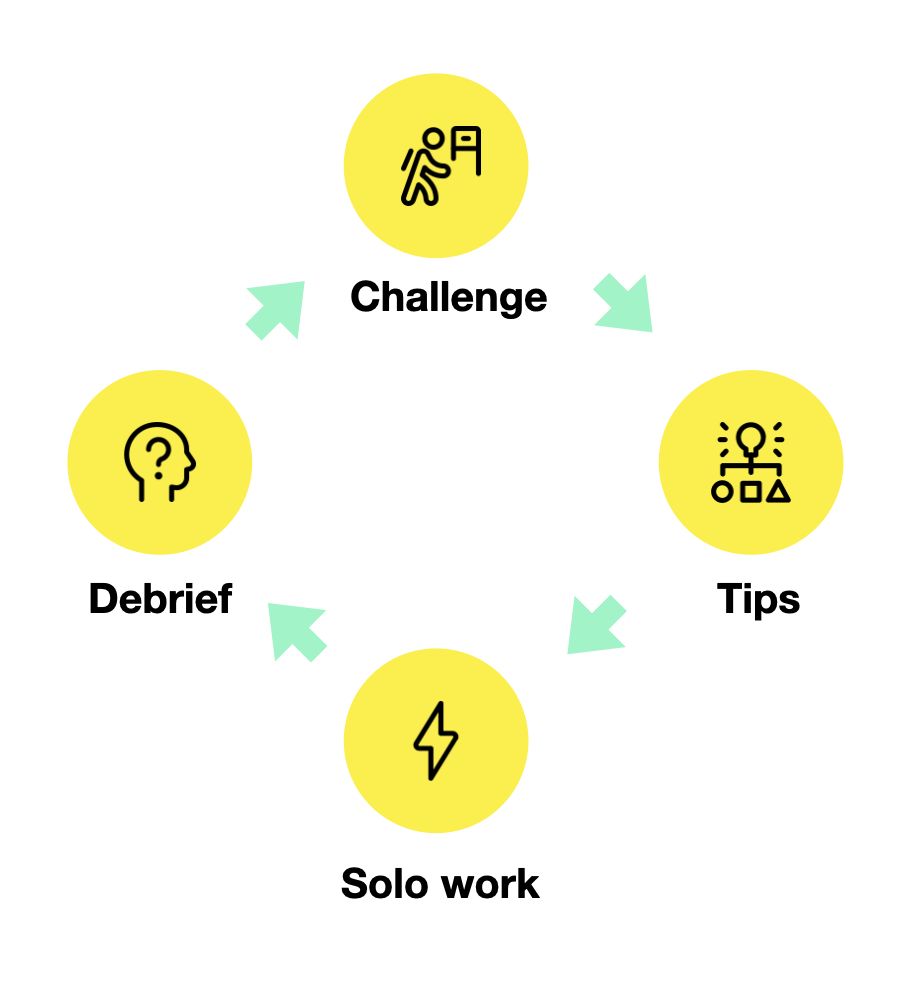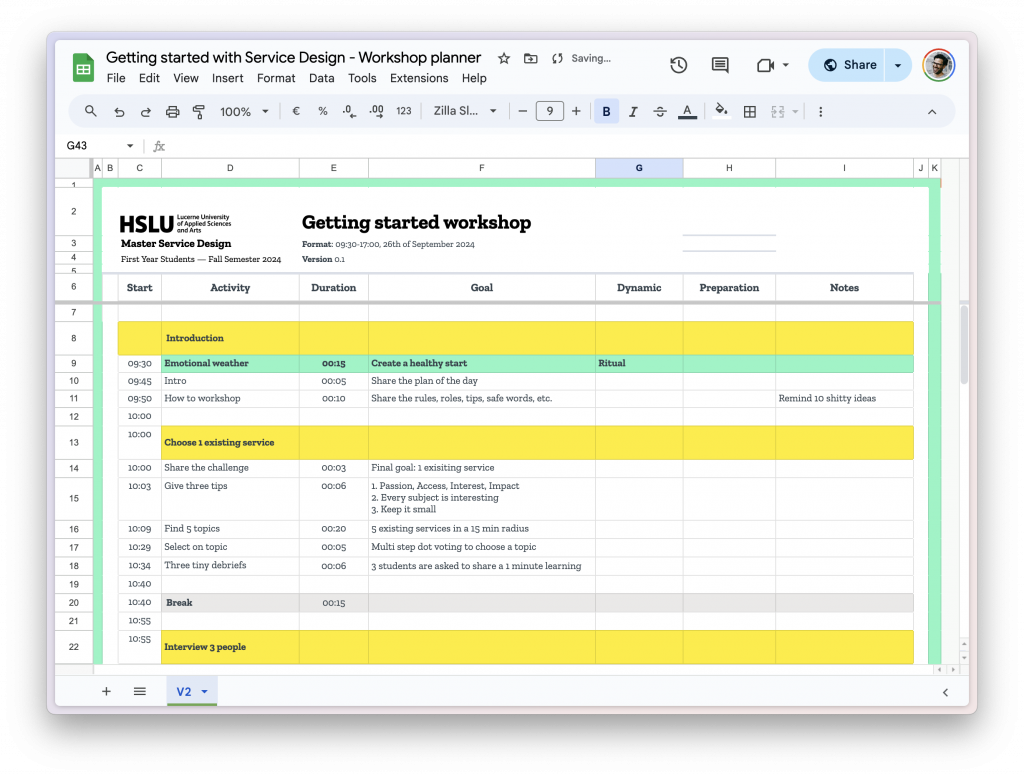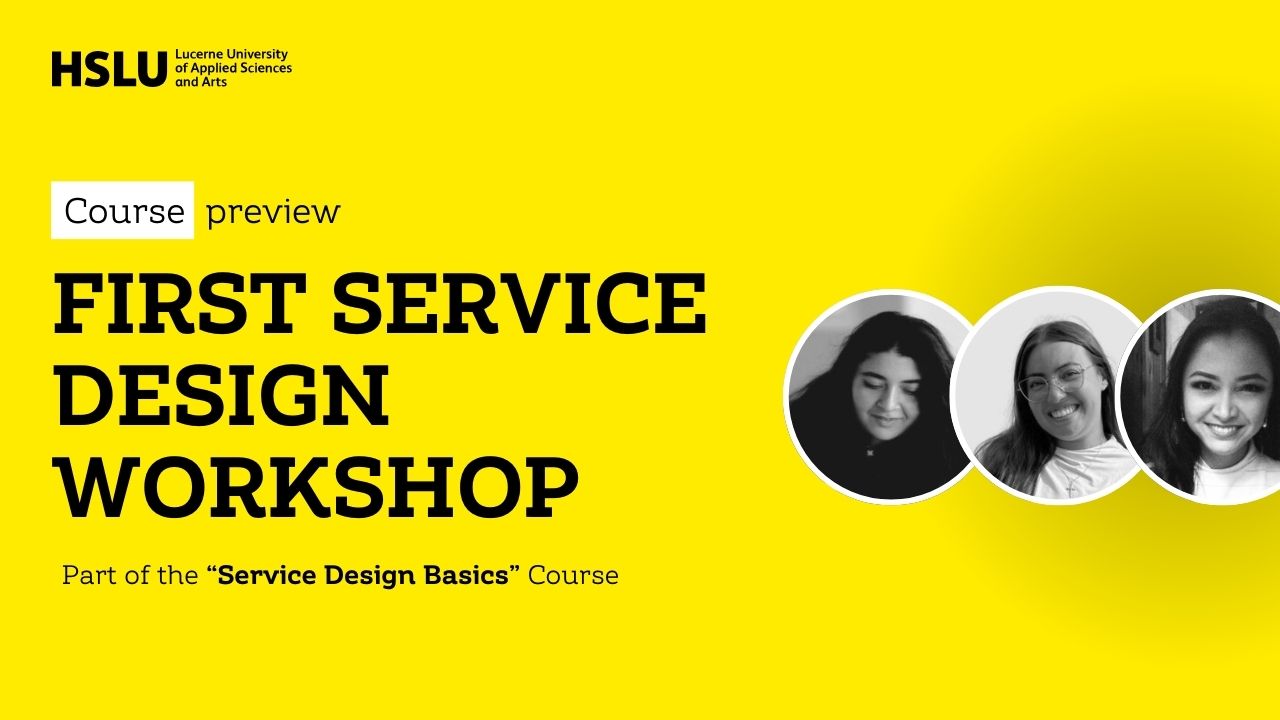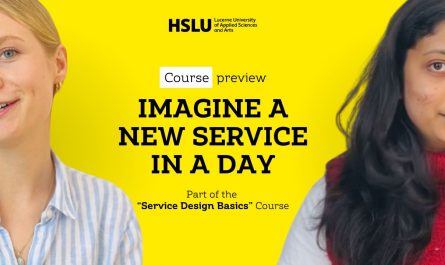In this article we’re sharing with you the full workshop slides, schedule and tools that we used to run the first workshop that first year Service Design students go through in the Master Service Design program.
The goal of the workshop
How can we onboard students in a Master Service Design program in order to get them some experience before we start with the theory?
That’s the challenge that we’re trying to solve by starting the Service Design program with a one day workshop where students get to improve an existing service of their choice.
How it felt for the learners
Juliana Magalhães Cardoso, Meisan Pandjaitan and Rola Rafla share the key takeaways after this first fully day of Service Design course.
The key ideas behind the workshop
- Practice first: By starting with practice, students get some experience that will help them explore the academic side with deeper questions that come from what they’ve tried out.
- Set the right expectation: Service Design is a mix of craft and theory. Often students over index on the academic aspects and forget about the practice. By starting with practice we make sure that students know the expectation we have for the craft side of Service Design
- Show it’s not that hard: A master program pushes for autonomy, so it’s important to show that choosing and making a project happen isn’t
The five steps of the workshop
- Choose a service: Learners explore different topic ideas and choose one, a skill that will come in handy when selecting a subject for their Master Thesis.
- Understand the human that use it: Learners speak with the humans that use or make the service that they want to improve.
- Make sense of what people told you: Learners synthesis visually what they learned from the interviews and observations.
- Imagine how you can help: Learners generate ideas of how they could improve the service based on what their visual synthesis.
- Make it tangible: Learners build small prototypes that make their ideas tangible and help people feel how it improves the service.
The workshop loop
For each of these steps, the learners go through the same loop.

- Challenge: Discover the goal for this step.
- Three tips: Get three practical tips that can help through out this step.
- Activities: Solo work exercices with a clear timing and clear end result.
- Debriefing: Learners share what they’ve learned through that practice moment.
The prototypes created
During that workshop day, the learners created 22 prototypes in 40 minutes. You can discover their ideas on how to improve an existing service in the following 30 second pitches.
The backstage
We’re sharing in the open the tools we’ve used to run this one day introduction workshop on Service Design. Below you’ll find the workshop slides and the workshop timing.
The workshop slide deck
Download as PDF
Get the PDF version of the slide deck
The workshop planner
In my practice as a service designer who facilitates a lot of workshop I’ve learned to love a good workshop schedule that is timed by the minute. Here I’m sharing with you the workshop schedule that I’ve used to prepare and run this workshop:

Download the workshop planner
Make a copy of the Google Sheet
Why we are sharing these resources
We’re sharing all the resources that we used to run this one day workshop so that it can:
- Help future students: by getting a sense of what happens in the program before joining it.
- Help other educators: by sharing how in the behind-the-scenes such workshops are designed and inspire them for their own approach in teaching Service Design
Licence
This work is licensed under CC BY-NC-SA 4.0. This means you’re allowed to:
- Share it, adapt it and make it your own
- As long as you mention the original authors, share it under the same licence and don’t use it in a commercial setting



